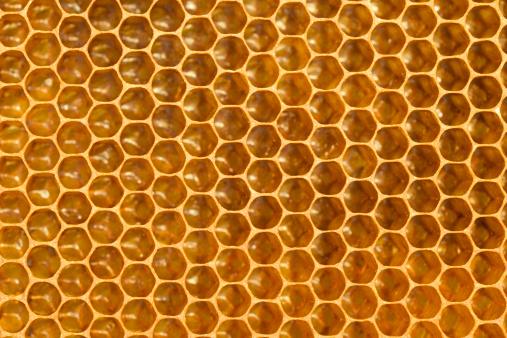A research team from the United States has managed to discover a new quantum state of matter. According to the researchers, it was possible to increase the electrical conductivity by one billion percent by creating a magnetic field in a material consisting of three elements. The research has been published in the journal Nature.
Some materials have unique properties. In previous research with the same trimer composed of manganese, tellurium, and silicon, the researchers noticed that the alloy did not follow some already known rules.
Some materials increase their conductivity when exposed to a magnetic field, regardless of the angle of stimulus. This phenomenon is known as magnetoresistance.
But the material, consisting of small honeycomb-like clusters divided into several layers, did not respond to the magnetic field in the same way.
The researchers noticed that the material only responds to the magnetic field when applied perpendicular to the trimer, regulating the passage of particles so quickly that it increases conductivity by a billion percent.
But when the magnetic field was applied from other angles, electrons would move randomly around the octahedrons, acting more like an insulating material.
Sami Hakani, a theoretical physicist and graduate student at Georgia Tech, explains that since this material does not fit any pre-existing model, it is necessary to develop new ideas to understand it.

But why is this happening? The task of finding this answer fell to theoretical physicists.
By analyzing the material’s properties, they realized that the trimer allowed electrons to move in a circular fashion around the cells, creating “loop currents.” This property is due to the ionic organization of tellurium.
The generation of these circular currents occurs more efficiently when the magnetic field is applied perpendicularly, creating a regular flow.
With this, electrons can pass through faster, increasing the effect, creating an enormous magnetoresistance.

looking to the future
But the researchers looked for another way to make this material a good conductor. They explain that when excited by an electric current, the material also transforms, but more slowly.
For the research team, this property of the material could have promising applicability for the development of sensors and optimization of quantum computers.
“As we look to the future, we hope to understand not only what makes this material special, but also what microscopic components are needed for related materials to become useful quantum technologies in our future,” Hakani said in a statement.
Source: Tec Mundo
I’m Blaine Morgan, an experienced journalist and writer with over 8 years of experience in the tech industry. My expertise lies in writing about technology news and trends, covering everything from cutting-edge gadgets to emerging software developments. I’ve written for several leading publications including Gadget Onus where I am an author.












